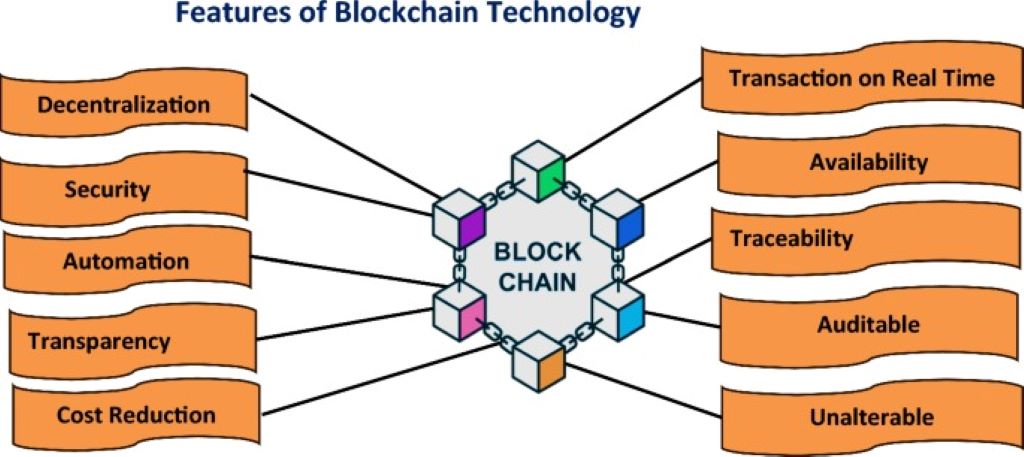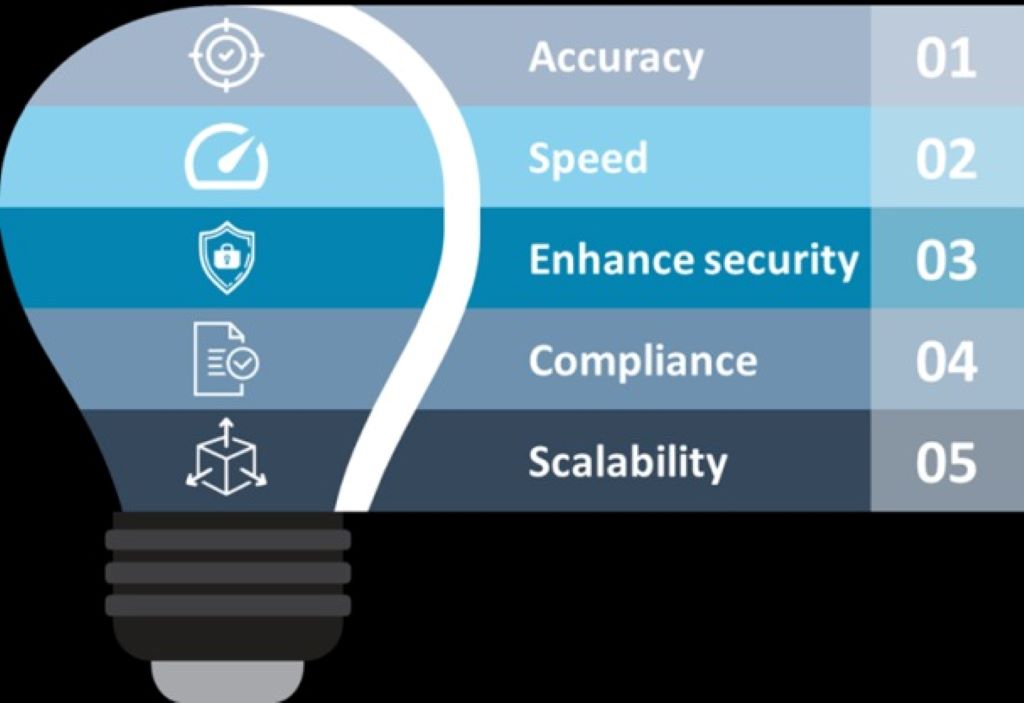In 2021, a small retail business I worked with faced a daunting challenge. They wanted to shift their entire operation online to compete in the digital age. However, fears of data breaches and cyberattacks loomed large. The owner, Maria, hesitated, recalling a competitor’s devastating ransomware attack. This is where cloud security became their lifeline. By adopting robust cloud security measures, they transformed their business, reaching customers globally while safeguarding sensitive data. How cloud security supports digital transformation efforts is a story of empowerment, resilience, and innovation.
As companies embrace digital tools—cloud computing, AI, and IoT—cyber threats grow. Yet, secure cloud solutions offer a foundation for safe, scalable growth. This article explores how cloud security fuels digital transformation, weaving stories, strategies, and insights to show how businesses can thrive securely in a connected world.
Why Digital Transformation Needs Security
Digital transformation reshapes how businesses operate. It involves adopting cloud platforms, automating processes, and leveraging data analytics. However, this shift expands the attack surface. Cybercriminals exploit vulnerabilities in cloud systems, targeting sensitive data. A 2023 report by McAfee found that cloud-related threats surged 630% post-pandemic, especially in collaboration tools like Microsoft 365. Without security, transformation efforts falter.
Maria’s retail business learned this firsthand. Initially, her team used unsecured cloud storage, risking customer data exposure. A security audit revealed weak access controls. They pivoted to a secure cloud platform with encryption and multi-factor authentication. This move protected their data and boosted customer trust. Therefore, aligning security with transformation ensures safe innovation.
Moreover, security isn’t just about protection; it’s about enabling growth. Secure cloud environments allow businesses to scale without fear. They integrate new technologies seamlessly, knowing their assets are safe. By prioritizing security, companies avoid costly breaches and maintain a competitive edge in their digital journey.
Key Cloud Security Features Explained
Cloud security offers tools to protect digital transformation. These include encryption, identity management, and threat detection. Each feature addresses specific risks in cloud environments. For instance, encryption scrambles data, making it unreadable to unauthorized users. This is critical when businesses move sensitive information to the cloud.
Take Maria’s business again. They adopted a cloud platform with end-to-end encryption. This ensured customer payment details stayed secure during online transactions. Additionally, identity and access management (IAM) tools restricted access to authorized users only. IAM helped Maria’s team control who could view or edit data, reducing insider threats. A 2024 Gartner study predicts 75% of organizations will rely on cloud platforms for transformation by 2026, emphasizing the need for such features.
Furthermore, threat detection systems monitor cloud activity in real time. They flag suspicious behavior, like unusual login attempts. These tools enabled Maria’s team to catch a phishing attempt early, preventing a breach. By integrating these features, cloud security supports digital transformation efforts with robust protection.
Common Cloud Security Challenges
Transitioning to the cloud isn’t without hurdles. Misconfigurations are a top issue. Many businesses fail to set up cloud services correctly, leaving data exposed. For example, a misconfigured cloud bucket can allow public access to sensitive files. This happened to a tech startup I consulted, exposing client records until fixed.
Additionally, the complexity of hybrid cloud environments creates risks. Businesses often use multiple cloud providers, complicating security management. A 2025 study by Google Cloud noted that 80% of cloud breaches stem from misconfigurations or poor practices. Ensuring consistent security across platforms is tough but necessary.
Moreover, insider threats persist. Employees may accidentally or maliciously compromise data. Maria’s team faced this when a former employee tried accessing the system post-termination. Regular audits and strict access controls resolved this. Overcoming these challenges requires proactive measures, like automated tools and employee training, to safeguard digital transformation.
Strategies for Secure Cloud Transformation
Securing digital transformation starts with a clear strategy. First, businesses must assess their current security posture. This involves auditing existing systems and identifying vulnerabilities. Maria’s team conducted a thorough review before their cloud migration, uncovering outdated software that posed risks.
Next, adopting a zero-trust model is crucial. This approach assumes no user or device is inherently trustworthy. It requires continuous verification, reducing unauthorized access. For instance, Maria implemented multi-factor authentication, ensuring only verified users accessed their cloud platform. Additionally, businesses should use automated tools like Cloud Security Posture Management (CSPM). These tools detect misconfigurations instantly, as outlined in a 2024 Aztech IT blog.
Here are key strategies for secure transformation:
- Conduct regular security audits: Identify and fix vulnerabilities early.
- Implement zero-trust architecture: Verify every user and device.
- Use CSPM tools: Automate misconfiguration detection and remediation.
By following these steps, businesses can align cloud security with transformation goals, ensuring safe innovation.
Real-World Benefits of Cloud Security
Cloud security doesn’t just protect; it drives success. It enables businesses to scale rapidly. For example, Maria’s retail business expanded to international markets using a secure cloud platform. Encryption and access controls ensured safe transactions, boosting customer confidence.
Additionally, cloud security enhances compliance. Regulations like GDPR demand strict data protection. Secure cloud solutions help businesses meet these standards effortlessly. Maria’s team avoided hefty fines by using a compliant cloud provider. Moreover, secure systems foster innovation. Companies can experiment with AI or IoT, knowing their data is protected.
Here are key benefits:
- Scalability: Grow operations without compromising security.
- Compliance: Meet regulatory requirements easily.
- Innovation: Adopt new technologies confidently.
A 2025 Palo Alto Networks blog highlights that secure cloud platforms reduce breach risks by 40%, proving their value. By integrating security, businesses unlock the full potential of digital transformation, turning risks into opportunities.
Mistakes to Avoid in Cloud Security
Cloud security mistakes can derail transformation. One common error is neglecting employee training. Untrained staff may fall for phishing scams, exposing data. Maria’s team initially overlooked this, but a simulated phishing attack revealed weaknesses. They introduced mandatory training, reducing risks.
Another mistake is ignoring regular updates. Outdated cloud systems are vulnerable to attacks. A tech firm I advised suffered a breach due to unpatched software. Regular updates and patch management fixed this. Additionally, over-relying on cloud providers for security is risky. Businesses must take responsibility for their configurations.
Here are mistakes to avoid:
- Skipping employee training: Educate staff on cybersecurity best practices.
- Neglecting updates: Keep systems patched and current.
- Assuming provider responsibility: Actively manage your security settings.
By avoiding these pitfalls, businesses ensure cloud security supports digital transformation efforts effectively, maintaining trust and operational success.
Integrating Security with Transformation Goals
Aligning cloud security with business objectives is vital. Security shouldn’t be an afterthought. It must integrate with transformation goals from the start. Maria’s team learned this when planning their e-commerce shift. They involved their CISO early, ensuring security shaped their strategy.
Moreover, clear communication between teams is key. IT, security, and business units must collaborate. For example, Maria’s marketing team wanted new cloud tools, but the security team vetted them first. This prevented risky integrations. A 2023 CyberSaint study found 82% of businesses faced breaches due to misaligned transformation efforts.
Additionally, businesses should map security to business outcomes. For instance, secure cloud platforms enable faster product launches. By prioritizing security, companies achieve goals like improved customer experience and operational efficiency. Integrating security ensures digital transformation thrives without compromising safety.
Future Trends in Cloud Security
Cloud security is evolving rapidly. Artificial intelligence is transforming threat detection. AI-driven tools analyze patterns and flag anomalies instantly. For example, a logistics firm I worked with used AI to detect a ransomware attempt, stopping it before damage occurred.
Moreover, quantum computing is on the horizon. It promises stronger encryption but also new risks. Businesses must prepare for quantum-safe security, as outlined in a 2025 Microsoft Security Blog. Additionally, edge computing is reshaping cloud architectures. It brings data processing closer to users, requiring localized security measures.
Here are emerging trends:
- AI-powered security: Enhances real-time threat detection.
- Quantum-safe encryption: Prepares for future computing challenges.
- Edge security: Protects decentralized data processing.
These trends show how cloud security supports digital transformation efforts by staying ahead of threats, ensuring businesses innovate safely in a dynamic landscape.
Conclusion: Securing the Future of Transformation
Cloud security is the backbone of digital transformation. It protects data, ensures compliance, and enables innovation. Maria’s retail business thrived because secure cloud solutions empowered their global expansion. By addressing challenges like misconfigurations and insider threats, businesses can transform confidently. How cloud security supports digital transformation efforts is clear: it builds trust, drives growth, and mitigates risks. As threats evolve, staying proactive with tools like zero-trust and AI-driven detection is crucial. Embrace cloud security to unlock your business’s potential. Share your thoughts or experiences in the comments below—how has cloud security shaped your transformation journey?
FAQs
What is cloud security in digital transformation?
Cloud security protects data and systems during digital transformation, ensuring safe adoption of cloud technologies.
Why is cloud security critical for transformation?
It mitigates cyber risks, ensures compliance, and enables scalable innovation, safeguarding business growth.
How can businesses improve cloud security?
Use zero-trust models, regular audits, and CSPM tools to detect and fix vulnerabilities early.
What are common cloud security mistakes?
Neglecting training, skipping updates, and over-relying on providers can expose businesses to breaches.
How does AI enhance cloud security?
AI detects threats in real time, analyzing patterns to prevent attacks and strengthen defenses.
Read More:
Web Development and Graphic Designing: Unlocking the Perfect Digital Synergy for Your Brand
Key Benefits of Product Development Services for Smart Manufacturing


